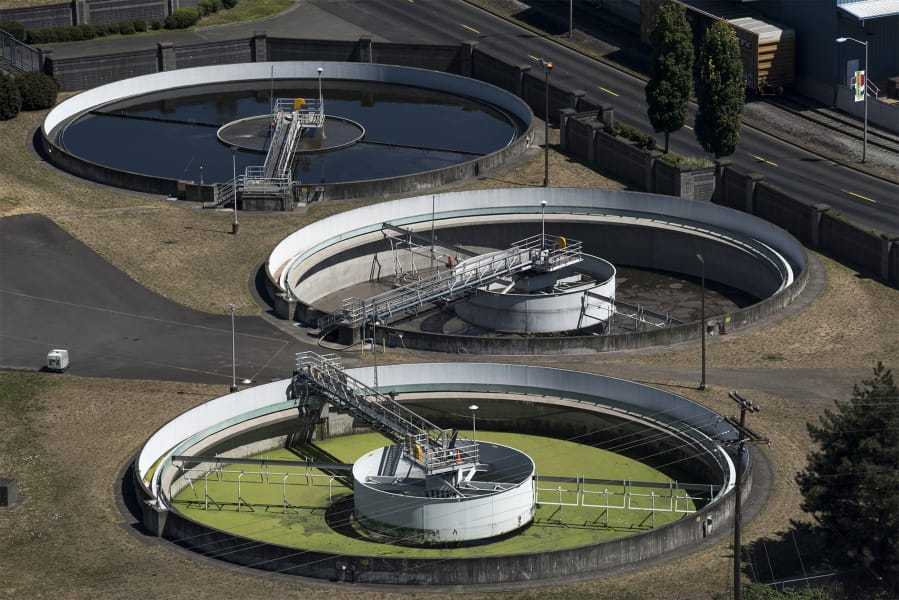It’s not a new practice to use our sewage to search for clues about public health trends. But after almost two years of building up Washington’s growing wastewater surveillance system, state epidemiologists are ready to branch out further.
Epidemiology teams started sampling wastewater in October 2021 — at first at three sites in two counties, with the intention of building an early warning system that could predict COVID-19 surges. Now, the team has expanded to 28 sites in 16 counties, and is talking about beginning to monitor for other viruses, like influenza and RSV.
“Wastewater can be used for a lot of things,” said Breanna McArdle, supervisor for Washington’s wastewater-based epidemiology program. “It’s really exciting when you start digging into it.”
Virologists have spent decades tracking polio in sewage, and some cities, like New Orleans and Houston, have also spent over a year developing wastewater surveillance systems to predict virus waves. Last month, the National Academies of Sciences, Engineering and Medicine also released a report that urged further development and investment in the system.



